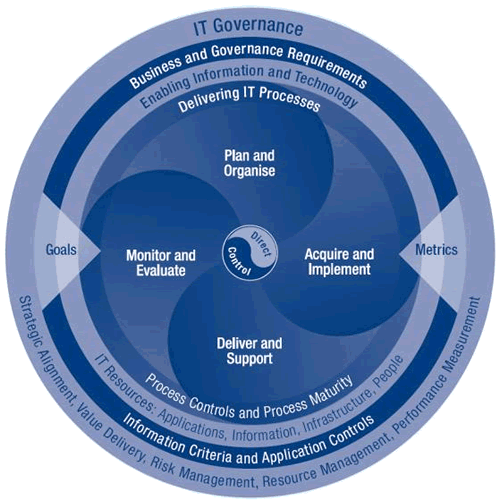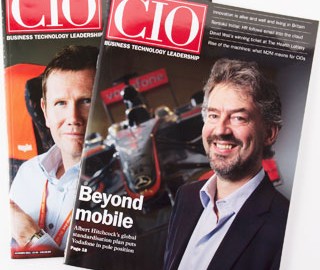Most businesses engage consultants to plug knowledge gaps and to gain expertise in planning, definition & specification and or in implementation of change in some way shape or form.
It is becoming increasingly prevalent for Australian business to be trapped in an ever-revolving door of consulting firms with little to no satisfaction around deliverables, accountability and measurable ROI.
Consultants generally are appraised and judged on a number of criteria YET there is a dangerous culture permeating Australian business and that is where loose briefs and requirements from the outset are being used to appoint consultants to deliver on a set of requirements.
The issue is one of ‘alignment’. While you are engaging consultants/vendors on the basis of resourcing/capacity issues, they are being engaged to deliver a pre-defined series of services which are output related. Where the ‘output’ or ‘requirements’ have not been properly teased out prior to engagement – this often results in a lack of ‘alignment’ and leads to discord in the engagement.
Digital Rehab prides itself in providing our valued clients with procurement and advisory services to help ensure any vendor – consultants or otherwise, receive a clear brief/ statement of work against which, they can be thoroughly assessed for competency, specialist knowledge and subject matter expertise and from which clear KPIs and expectations can be managed from the get-go. While the specifics of procurement can differ across industry sectors, business maturity and sophistication, the fundamentals do not.









